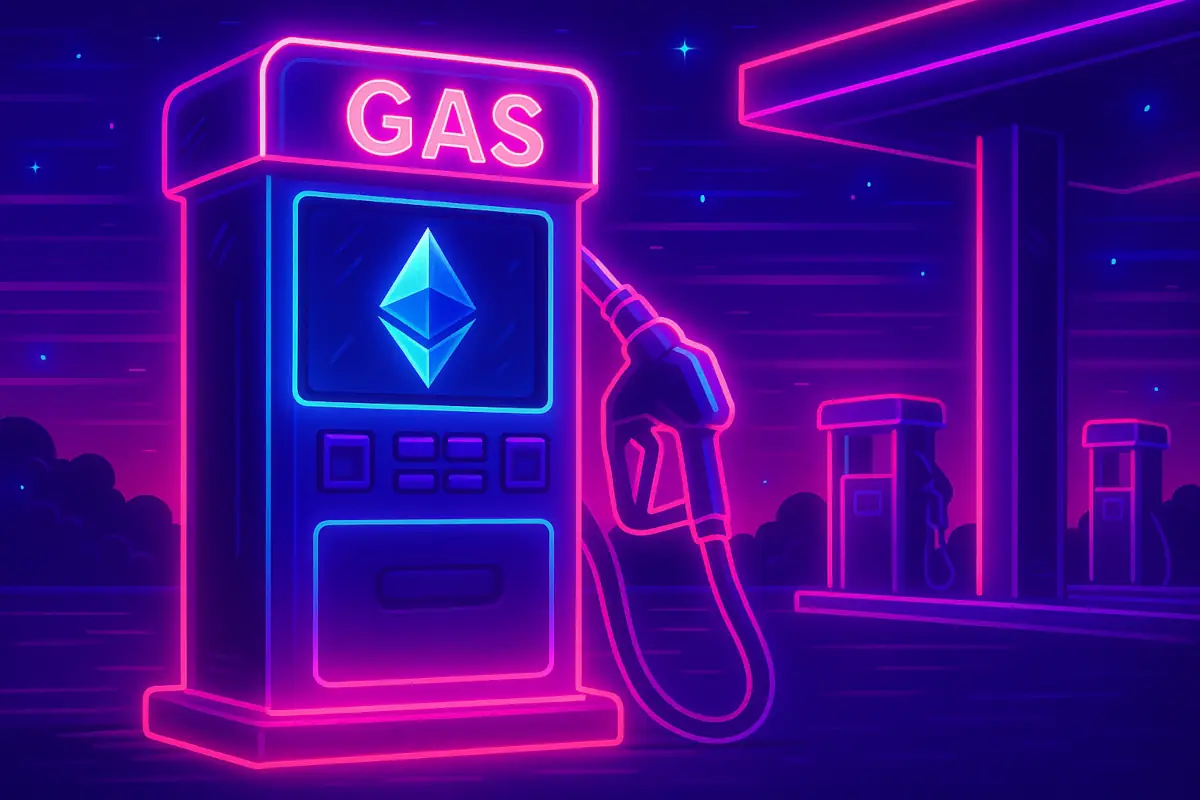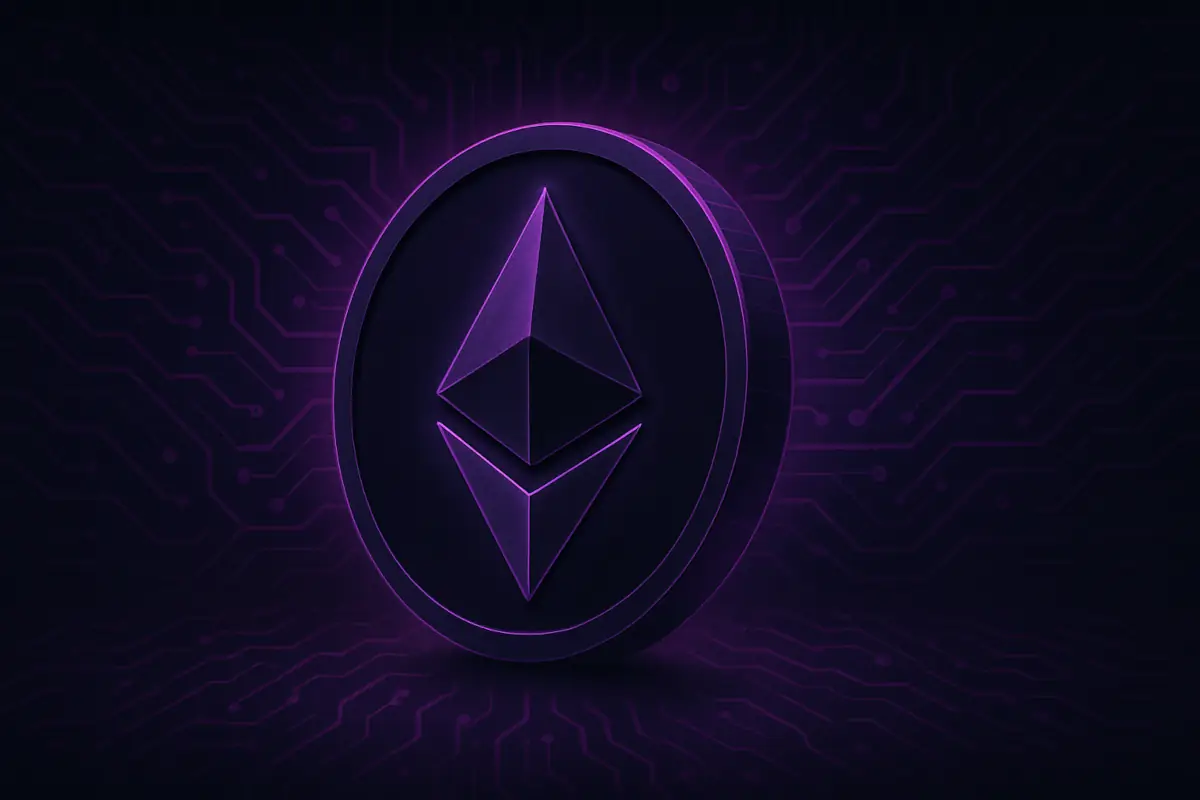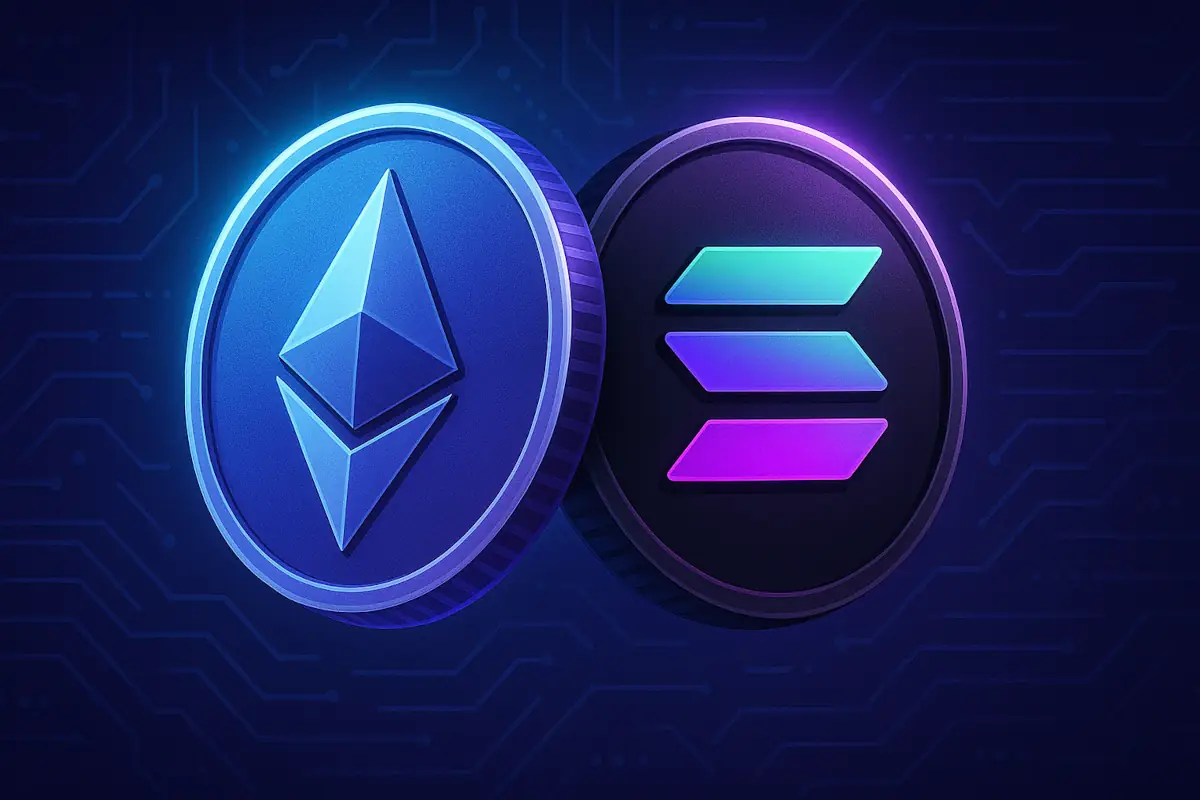Ethereum is one of the most used blockchain platforms in the world, handling billions of dollars in daily transactions. As a foundation for decentralized finance (DeFi) and smart contract applications, it plays a central role in the crypto economy.
Every transaction made through Ethereum, no matter how simple or complex, involves a charge known as the gas fee. This cost is essential for maintaining the network and compensating those who process and validate these actions. Here we will explain how gas fees work and what can be done to manage them effectively.
Table of Contents
Click to Expand
What is Ethereum Gas Fee?
Gas fees are charges users pay when making transactions or running operations on the Ethereum blockchain. Whether sending ETH, minting NFTs, or using dApps, each action requires computational work. This work isn’t done for free – it must be paid for using Ethereum’s native currency, ETH. The term “gas” represents the unit that measures the amount of computational effort required to execute operations. The more complex the transaction, the more gas it consumes.
Unlike blockchains like Solana or Binance Smart Chain, Ethereum uses a more complex structure for calculating these fees. This system adjusts to supply and demand, which is why fees can vary widely – from less than a cent to more than $100.
Ethereum’s gas fee system ensures that users pay fairly for their network usage, helping to reduce spam and maintain order. It also prioritizes transactions by letting those who pay more get processed sooner.
How does ETH Gas Fee Work?
The process begins when a user initiates a transaction using a crypto platform or wallet. Once the transaction is ready, the platform shows an estimated gas fee, based on current demand. If accepted, the transaction is sent to the Ethereum network with a cap on the maximum gas the user is willing to pay.
Validators then take over. These are entities responsible for processing transactions and adding them to the blockchain. Validators prioritize transactions that offer higher gas fees, as they receive a part of this fee as a reward. This incentivizes them to pick those transactions first.
Once validated, the transaction is added to a new block, the ETH is transferred, the gas fee is deducted, and the user’s wallet balance updates. The validator earns a reward, and a portion of the gas fee is permanently removed from circulation to control ETH inflation.
How are Ethereum Gas Fees Calculated?
Before Ethereum’s London upgrade in August 2021, gas fees were calculated using a straightforward formula:
Gas Fee = Gas Units (Limit) × Gas Price Per Unit
The default minimum for gas units was set at 21,000. For example, if someone chose to pay 300 gwei per unit to send 5 ETH, the cost would be:
21,000 × 300 = 6,300,000 gwei = 0.0063 ETH
This amount was added to the transaction total and subtracted from the user’s wallet.
New Pricing Structure Post-London Upgrade
After the London update and introduction of EIP-1559, the pricing model became more stable. Now, the base fee is automatically set per block based on demand, and users can add a tip:
Gas Fee = Gas Units (Limit) × (Base Fee + Priority Fee)
Suppose Bob wants to send 5 ETH and the base fee is 30 gwei. He adds a 10 gwei tip. His fee would be:
21,000 × (30 + 10) = 840,000 gwei = 0.00084 ETH
From this, 630,000 gwei goes to the network (burned), and 210,000 gwei to the validator.
At the time of writing, the “Low” fee is 1.124 gwei, the “Average” is 1.166 gwei, and the “High” is 1.363 gwei, but current numbers can be checked here. Each shows the base and priority fee. The cost is around $0.06–$0.07 for a transaction, and they all complete in about 30 seconds.
Post-Dencun Upgrade Fee Adjustments
In March 2024, Ethereum activated the Dencun upgrade to reduce Layer 2 (L2) network gas fees. While the formula remains unchanged, Dencun introduced a change to how data is stored.
The upgrade introduced the use of temporary storage units, referred to as “blobs,” which make it cheaper for L2 networks to post data on the Ethereum mainnet. By lowering storage costs, base fees on Layer 2 transactions drop significantly, which helps users transact more affordably.
The Dencun upgrade didn’t change the core formula, but it did shift how the base fee is determined in L2 contexts. This made Ethereum more practical for frequent and lower-value transactions.
What Causes Ethereum Gas Fee Spikes?
Gas fees increase sharply when there’s more demand on the network than it can handle. Ethereum’s structure allows only about 20 to 30 transactions per second, even after moving to a Proof-of-Stake model in 2022. This low capacity is a trade-off to maintain both decentralization and security – Ethereum’s two main priorities.
Events that pushed the network to its limits include the 2017 ICO boom, the DeFi surge in 2020, and the rise of NFTs. During these periods, the number of users jumped, causing major traffic and fee spikes.
At peak demand times, many transactions wait in the mempool, a temporary storage area. Since validators prioritize the most profitable transactions, users try to outbid each other by offering higher gas prices. This bidding war, once similar to a blind auction, used to cause wild price swings.
The Ethereum Bottleneck
Ethereum’s design choice – favoring decentralization and security over scalability – limits how many transactions it can process quickly. When thousands of actions are requested per second but only a few dozen can be confirmed, a traffic jam forms. Users offer higher fees to jump the queue, leading to fee hikes.
Even after Ethereum’s shift to Proof-of-Stake, the core issue remains. Validators still pick high-fee transactions first. Although the London upgrade reduced unpredictability by setting a base fee, busy periods still pushed fees upward.
Ethereum co-founder Vitalik Buterin identified this trade-off as the “blockchain trilemma”: balancing decentralization, security, and scalability, where only two can be fully achieved.
Who Earns the Gas Fees?
The people or systems that validate and confirm transactions collect the gas fees. This varies based on which version of Ethereum is being used.
On the original Ethereum chain (called the execution layer), Proof-of-Work miners earned gas fees. But since the 2022 Merge, Ethereum runs entirely on a Proof-of-Stake model. Now, validators who lock up ETH to secure the network earn a part of the fee.
Part of every gas fee is also burned, which means it’s permanently removed from the supply. This helps reduce inflation by limiting the amount of ETH in circulation.
How to Pay Lower Gas Fees
Gas fees are not always consistent, but users have options to manage them. One approach is to carry out transactions during low network activity. Since demand changes throughout the day, waiting even a few hours can lead to lower fees.
Another method is using tools that track real-time gas prices. These trackers show whether current fees are considered high, medium, or low, helping users choose better times to interact with the network.
Using Layer 2 chains is also becoming more common. These networks offer cheaper alternatives to the Ethereum mainnet while maintaining a level of security tied to Ethereum itself. They operate independently but settle transactions back to Ethereum, which helps keep fees lower overall.
What’s Ahead?
Ethereum gas fees are a direct reflection of demand, technology limitations, and the underlying mechanics of how the blockchain works. From basic transfers to more complex dApp activities, these fees are unavoidable, though they can be reduced with careful planning and smart timing. Upgrades like London and Dencun have helped improve cost predictability and reduce expenses on Layer 2 networks.
Read also: Why Are Bitcoin Fees So High? Here’s How They Work




